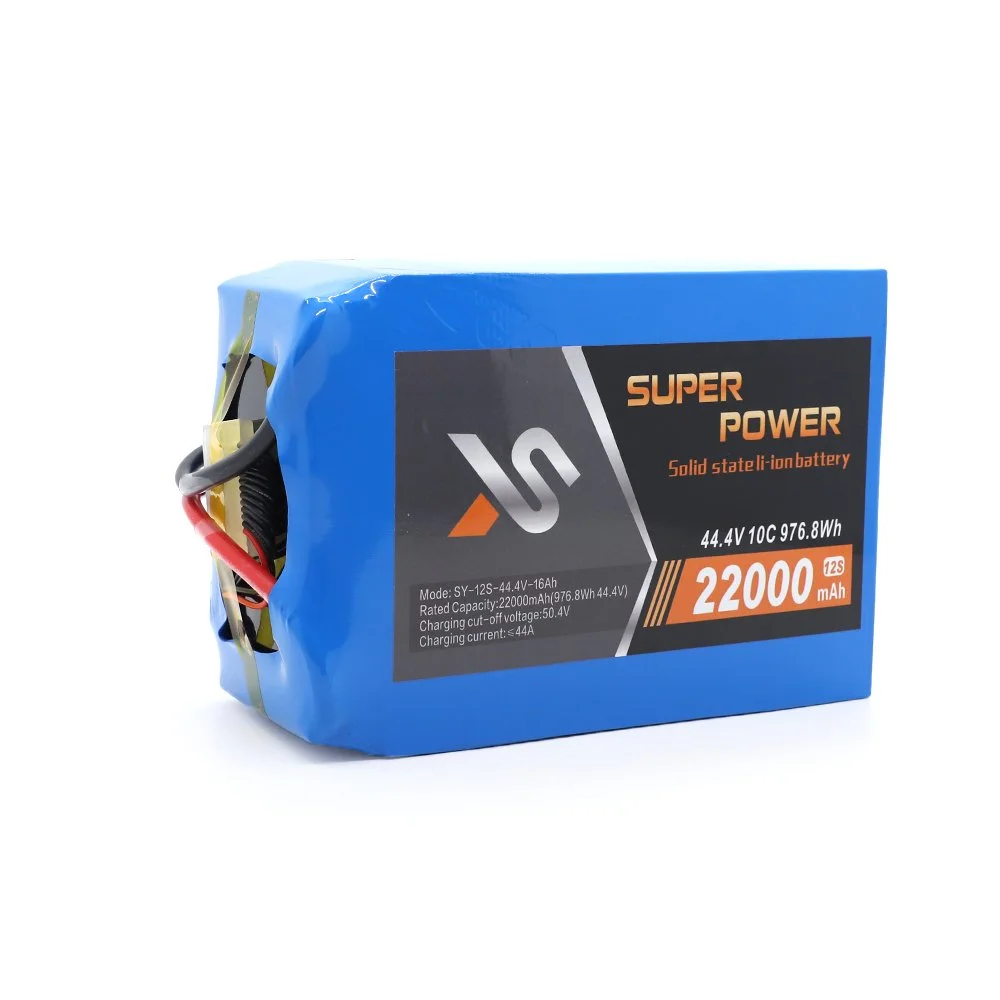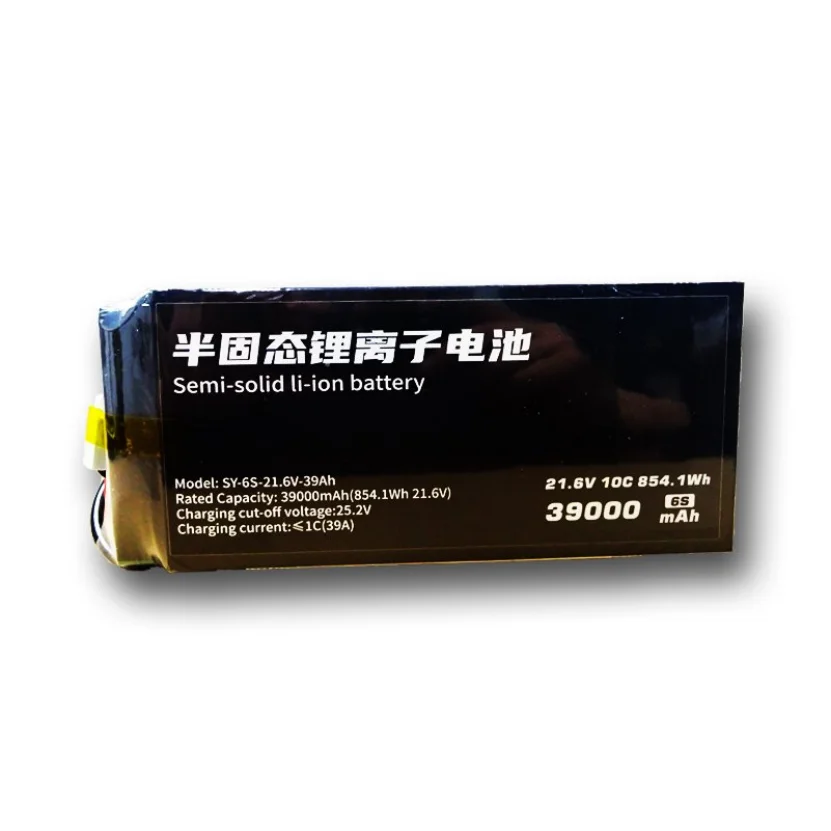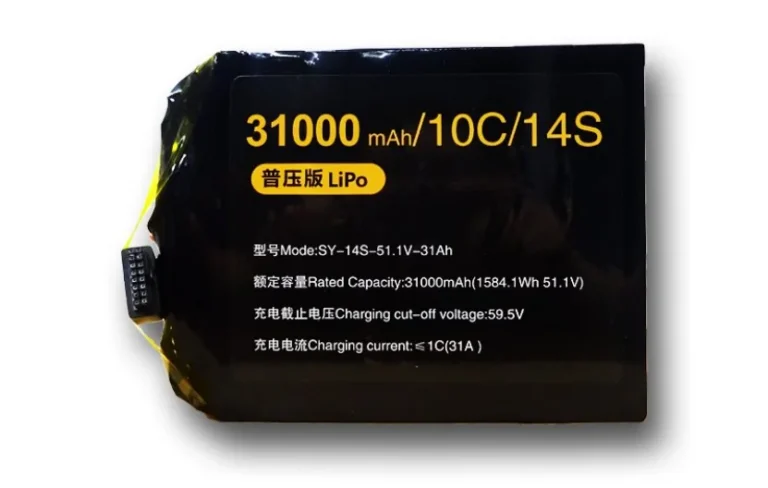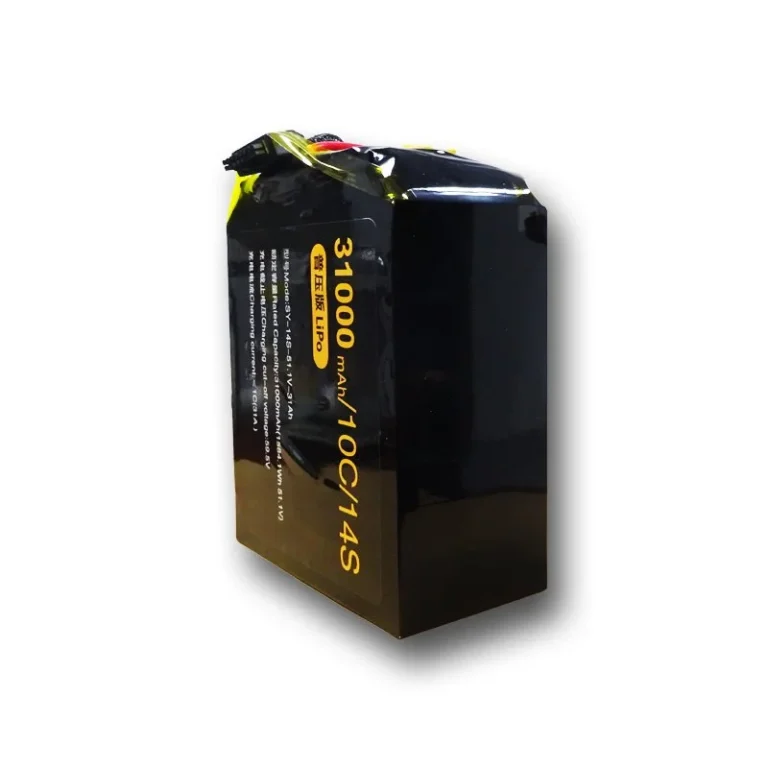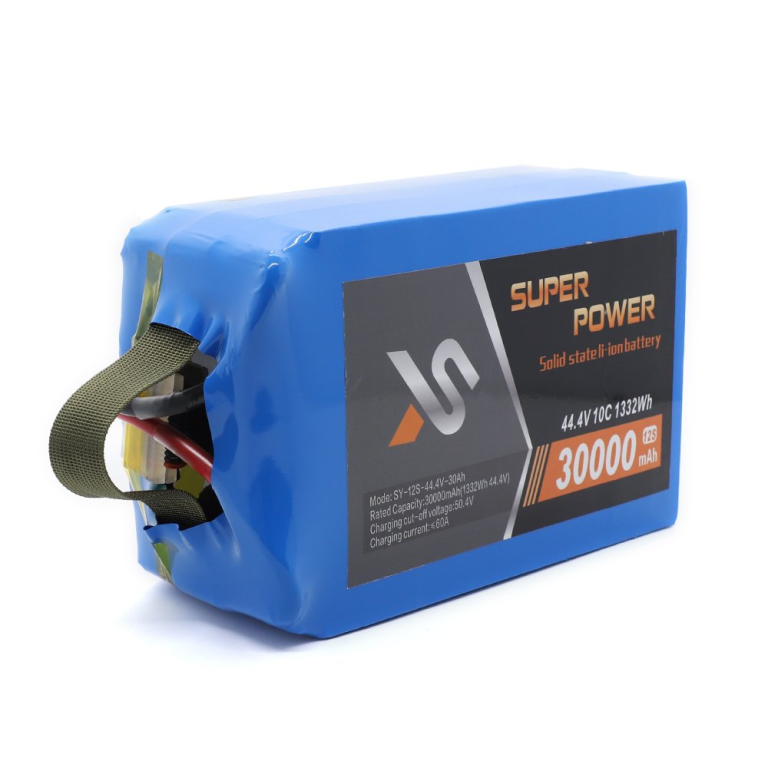Exploring the Differences Between Solid-State and Lithium-Ion Batteries
What Defines a Solid-State Battery?
Solid-state batteries use a solid electrolyte instead of the runny or gooey ones in regular lithium-ion packs. This setup bumps up safety by cutting the odds of leaks or heat explosions. They pack more juice per size too. That means smaller, lighter battery bunches.
Key Features of Lithium-Ion Batteries
Lithium-ion batteries get picked a ton ‘cause they hold lots of energy, weigh little, and recharge easy. They move lithium bits through a liquid electrolyte between the anode and cathode when charging or draining. Take the SY-12S-44.4V-22Ah—it’s got a solid ≥22Ah capacity. That keeps it steady for all kinds of jobs. High-energy lithium-ion packs hit marks like 270wh/kg, 320wh/kg, 330wh/kg, and 340wh/kg.
How These Technologies Compare in Energy Storage Applications
Both solid-state and lithium-ion batteries shine in power-stashing setups. Lithium-ion ones rule gadgets ‘cause they’re cheap to make. Solid-state types are catching eyes for big-deal uses like electric cars (EVs) and drones though.
Advantages of Solid-State Batteries
Enhanced Safety Features
Reduced Risk of Thermal Runaway
Solid-state batteries dial down the chance of thermal runaway. That’s when heat spikes and spins out of control. Their steady solid electrolytes keep things chill.
Non-Flammable Electrolytes
Unlike the liquid stuff in lithium-ion packs, solid electrolytes don’t catch fire. That makes them safer for tough spots.
Higher Energy Density
Potential for Longer Device Usage
Solid-state batteries cram more power into less weight than lithium-ion ones. Take the SY-14S-51.1V-31Ah—it hits 295wh/kg. That stretches how long gadgets can run.
Applications in Electric Vehicles and Drones
Their small size and zip make solid-state batteries perfect for EVs and drones. Shengya Electronics whips up custom drone packs that stretch flight time big time.
Durability and Longevity
Resistance to Degradation Over Time
Solid-state batteries wear out less over tons of charge-ups and drain-downs. They last longer than old-school lithium-ion picks.
Drawbacks of Solid-State Batteries
High Manufacturing Costs
Fancy stuff needed to build solid-state batteries jacks up their making price. That keeps them pricier than lithium-ion options.
Challenges in Mass Production
Scalability Issues for Commercial Use
Ramping up solid-state making is tricky. The steps to craft even solid electrolytes mess with big-scale output.
Limited Availability and Market Penetration
Solid-state tech’s still newish. It’s not everywhere yet. That slows it down in trades ruled by lithium-ion fixes.
Benefits of Lithium-Ion Batteries
Cost-Effectiveness for Consumer Electronics
Affordable Solutions for Everyday Devices
Lithium-ion batteries stay cheap and good for running daily stuff like phones, laptops, and drones.
Wide Range of Applications
Powering Drones, Smartphones, and Laptops
Lithium-ion tech bends to juice up all sorts of gear. The SY-6S-21.6V-39Ah from Shengya’s got ≥39Ah and 306wh/kg. That fits drones and more just fine.
Use in Battery Storage Power Systems
They’re big in green power stashes too. Their steady work keeps energy flowing smooth.
Established Technology with Proven Performance
Lithium-ion’s been around and checked out for years. It delivers trusty results across lots of uses. Shengya Electronics’ gear shows this off with cycle lives hitting 800 to 1000 rounds based on how you use ‘em. They’ve got setups like 6S1P/21.9V or 14S1P/51.1V dialed in for specific gigs.
Limitations of Lithium-Ion Batteries
Safety Concerns with Overheating and Fire Risks
Lithium-ion batteries got wide use but ain’t perfect on safety. They can get too hot. That risks thermal runaway and fire trouble. Packs like the SY-14S-51.1V-31Ah are built with tight safety rules. They won’t blaze or blow if poked. Charging right matters a ton to dodge these hiccups. Stick to maker tips to skip overcharging or bad chargers.
Importance of Proper Charging Techniques
Following set charge speeds keeps lithium-ion batteries safe and lasting. The SY-6S-21.6V-39Ah likes a 0.5C-1C rate, topping at 1C. Going past that heats ‘em up and wears ‘em down.
Degradation Over Time
Lithium-ion batteries fade with each charge and drain round. This natural wear cuts their juice and shortens how long they work.
Reduced Capacity After Multiple Charge Cycles
Top picks like the SY-12S-44.4V-22Ah hit 1000 cycles at full drain (100% DOD). Even so, they lose steam after heavy use.
Environmental Impact
Lithium-ion batteries leave a green mark too. Digging up rare stuff like lithium and cobalt for ‘em messes with nature.
Recycling Challenges
Recycling lithium-ion packs is tough. Pulling out reusable bits without more eco-harm takes fancy setups. Shengya Electronics aims for high-energy packs that cut waste and max zip.
Real-World Applications: Solid-State vs. Lithium-Ion in Different Industries
Drone Technology
Drones lean hard on slick battery setups to fly right.
The Role of Lithium-Ion Batteries in Charging Drone Batteries
Lithium-ion packs like the SY-6S-21.9V-31Ah dish out 287wh/kg. That’s light but strong for drones needing steady juice for smooth trips.
Potential Benefits of Solid-State Batteries for Advanced Drone Models
Solid-state batteries could shake up drones with more power punch and safer builds. They tough out wild conditions. That’s ace for firefighting or spy drones.
Electric Vehicles (EVs)
EVs hinge big time on battery tech too.
Current Dependence on Lithium-Ion Technology
Right now, EVs stick with lithium-ion packs for their trusty track record and fair price. The SY-14S-51.1V-31Ah shows this off with high volts (4.35V) and long cycles.
Future Prospects with Solid-State Innovations
Solid-state batteries could fix some lithium-ion downsides. They promise quicker juice-ups and longer lives. Mass-making snags still slow ‘em down in EVs though.
Renewable Energy Storage Systems
Stashing green power needs solid systems to grab it right.
Lithium-Ion as a Standard for Battery Storage Power Solutions
Lithium-ion batteries set the bar for green energy stashes. They scale up good and work slick. They cover home setups to giant grid fixes. That keeps power steady when folks need it most.
FAQs About Solid-State and Lithium-Ion Batteries
Why are solid-state batteries considered safer?
Solid-state batteries got non-burning electrolytes. That cuts risks of heat blowouts or spills compared to lithium-ion ones.
Are solid-state batteries better for drones?
Yeah, they pack more energy and safer traits. That fits fancy drone jobs needing long flights and trust in tough spots.
How long do lithium-ion batteries typically last?
Lithium-ion packs usually hang on for 500 to 1000 charge rounds. It depends on how you use ‘em and their quality.
What is the charging time difference between these two battery types?
Solid-state ones should juice up faster than lithium-ion packs. That hinges on how far their big-scale build gets though.
Can lithium-ion batteries be recycled?
Sure, but it’s a tricky job. It needs special spots to yank out reusable bits safe-like.
Are solid-state batteries available for consumer devices yet?
Nope, solid-state tech’s still popping up. It’s not big in gadget land compared to lithium-ion stuff yet.
Which battery type is more environmentally friendly?
Solid-state ones could be greener with less nasty stuff. Their making steps need more polish though.
Taixing Shengya Electronic Technology Co.: Your Trusted Partner in Advanced Battery Solutions
Overview of Taixing Shengya Electronic Technology Co. Products
Taixing Shengya Electronic Technology Co., Ltd whips up primo solid-state lithium-ion soft pack cells. They hit energy marks from 270wh/kg to 340wh/kg and last 800–1000 cycles. Their gear suits drones, EVs, and green power setups.
High-Quality Lithium-Ion Batteries for Various Applications
Reliable Power Solutions for Drones, Electronics, and More
Shengya’s lineup’s got stuff like the SY-12S-44.4V-22Ah. It dishes steady work for drones to gadgets and beyond.
Affordable Options Without Compromising Performance
Even with slick perks, Shengya keeps prices fair. They don’t skimp on quality or safety rules.
Cutting-Edge Innovations in Energy Storage Technologies
Supporting Renewable Energy Projects with Advanced Solutions
Shengya’s high-energy packs pitch in big for green power jobs. They craft stash fixes that fit all sizes just right.
Commitment to Sustainability and Quality Assurance
The crew sticks tight to a “quality first” rule. They keep tweaking their goods to match what the world needs.

